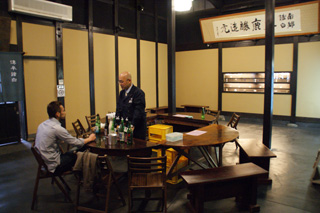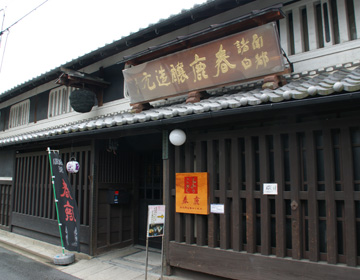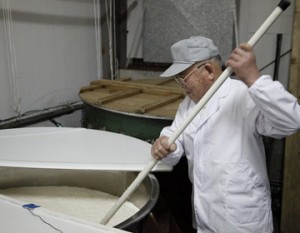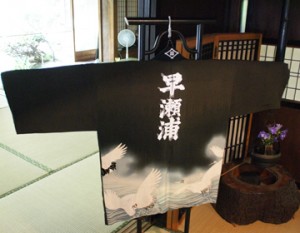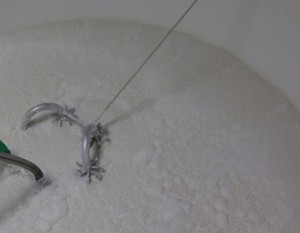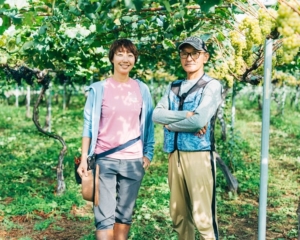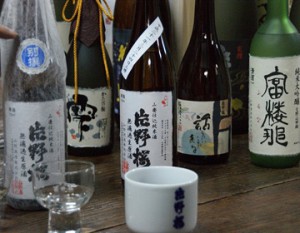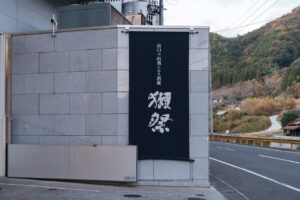The period when “sake” began
It is said that the ”sake” brewing skills were introduced to Japan from China around the middle of Yayoi period. Later on, the techniques developed into a style, recorded in writings of the Heian period. However, the ”sake” of that time was not strictly the Japanese ”sake” as we know it today. The ”sake” was not made using white rice. It was made mainly with unpolished brown rice, and only partially with white rice.
”Sake” made with only white rice began from the end of the Kamakura period to the beginning of the Muromachi period. It is said that the monks of Kofuku-ji in Nara had devised a way called the ”moroha zukuri”, sometimes also referred to as ”Nanbu shohaku” where ”Nanto” meant Nara. Sake made this way was much better in quality compared to the former ”sake”, and earned a reputation from Ieyasu Tokugawa praising it as ”Nara sake is the best”, leading it to its popularity throughout the country.
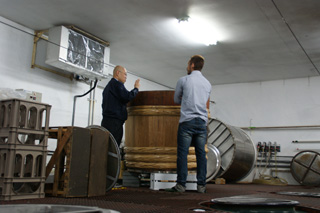
Where craftsmen gather
The ”sake” brewery that inherits the legendary ”Nanbu shohaku sake” is S. Imanishi Co., Ltd. The leading feature of their ”Harushika” label is that they are made with strictly chosen white rice, which is highly polished and has a mellow taste. Its florid fragrance and fresh sharp taste is popular abroad, and is exported to dozens of countries including the U.S., the U.K., and other European countries.
The name ”Harushika” derives from the legend of the Kasuga gods coming to Nara riding on the back of deers. S. Imanishi inherits the Japanese sake brewing style that was established in Nara. Delivered from the city of Nara to the entire country, and to the world.
At the brewery, if you purchase their 400 yen original deer engraved glass, you win a chance to taste 5 different types of their recommended sake.
